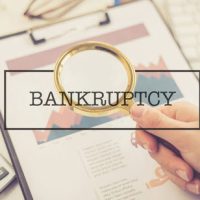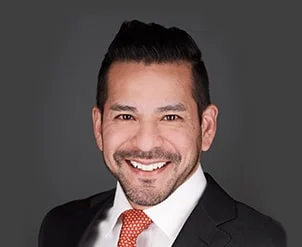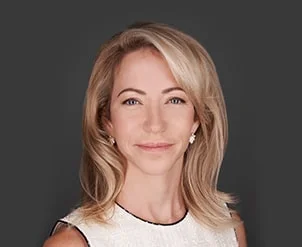Is an EIDL Loan Discharged in Bankruptcy?

During and after the COVID-19 pandemic, the Small Business Administration loaned over $600 billion to small businesses. This money mostly included PPPs (paycheck protection program) loans and EIDLs (economic injury disaster loan). These financial lifelines allowed many businesses to stay afloat during the lockdowns. But as the lockdowns dragged on, and after a labor shortage became a problem in 2021, this money simply wasn’t enough in many cases.
In general, standard SBA loans are usually dischargeable in bankruptcy, as are most other unsecured debts. However, some special rules apply to EIDL loans. We’ll examine some of these rules in this post. Despite these restrictions, a Chicago bankruptcy lawyer can still obtain financial relief for distressed EIDL borrowers. This relief could be det discharge or an opportunity to renegotiate repayment and other terms.
Discharge Rules
EIDLs could be dischargeable in a Chapter 7 business bankruptcy, mostly depending on the loan amount, as follows:
- Under $25,000: The SBA didn’t require personal guarantees or collateral for the lowest level of EIDL loans. If the borrower declares bankruptcy, the court discharges the debt. However, the collateral consequences of that debt, such as possible tax refund intercept, remain. A Chicago bankruptcy lawyer must address these matters in separate proceedings.
- $25,000 to $200,000: The SBA required business collateral and business guarantees for these loans. However, a Chapter 7 business bankruptcy avoids such issues. A Chapter 7 also discharges other unsecured debts. Furthermore, at this level, EIDL default does not affect an owner’s personal finances.
- Over $200,000: SBA bureaucrats insisted on personal guarantees for loans of this size. So, if the business defaults on payments and/or declared bankruptcy, the owner’s personal assets are at considerable risk. These owners should seriously consider personal bankruptcies. Bankruptcy’s Automatic Stay and property exemptions are the best way, and usually the only way, to protect personal assets in these situations.
Chapter 7 discharges most unsecured debts, including EIDLs, in as little as six months. Chapter 13 allows these debtors to catch up on past-due payments, and may discharge the loan as well.
Payment Reduction Possibilities
Debt discharge is not the only factor to consider in a bankruptcy filing. Bankruptcy usually involves mediated debt reduction negotiations. During mediation, both sides have an obligation to negotiate in good faith.
In other words, both the debtor and the SBA must be willing to make some compromises to reach an agreement. These compromises often include UPB (unpaid principal balance) reduction, payment deferral, and/or interest rate deduction.
A bankruptcy significantly affects a business’ credit rating. However, responsible credit use after bankruptcy normally raises this score almost as fast as it fell. Additionally, the owner retains full control of the business. The alternative, which is surrendering the business to government bureaucrats, is one most owners want to avoid at all costs.
So, if your business is unable to repay an EIDL, a business or personal bankruptcy is at least worth consideration.
Connect With a Thorough Cook County Lawyer
No matter what kind of financial problem you are having, there’s a way out. For a free consultation with an experienced bankruptcy attorney in Chicago, contact the Bentz Holguin Law Firm, LLC. We routinely handle matters throughout Chicagoland.
Source:
cnbc.com/2020/06/24/heres-what-happens-if-a-business-closes-after-receiving-a-ppp-loan.html


